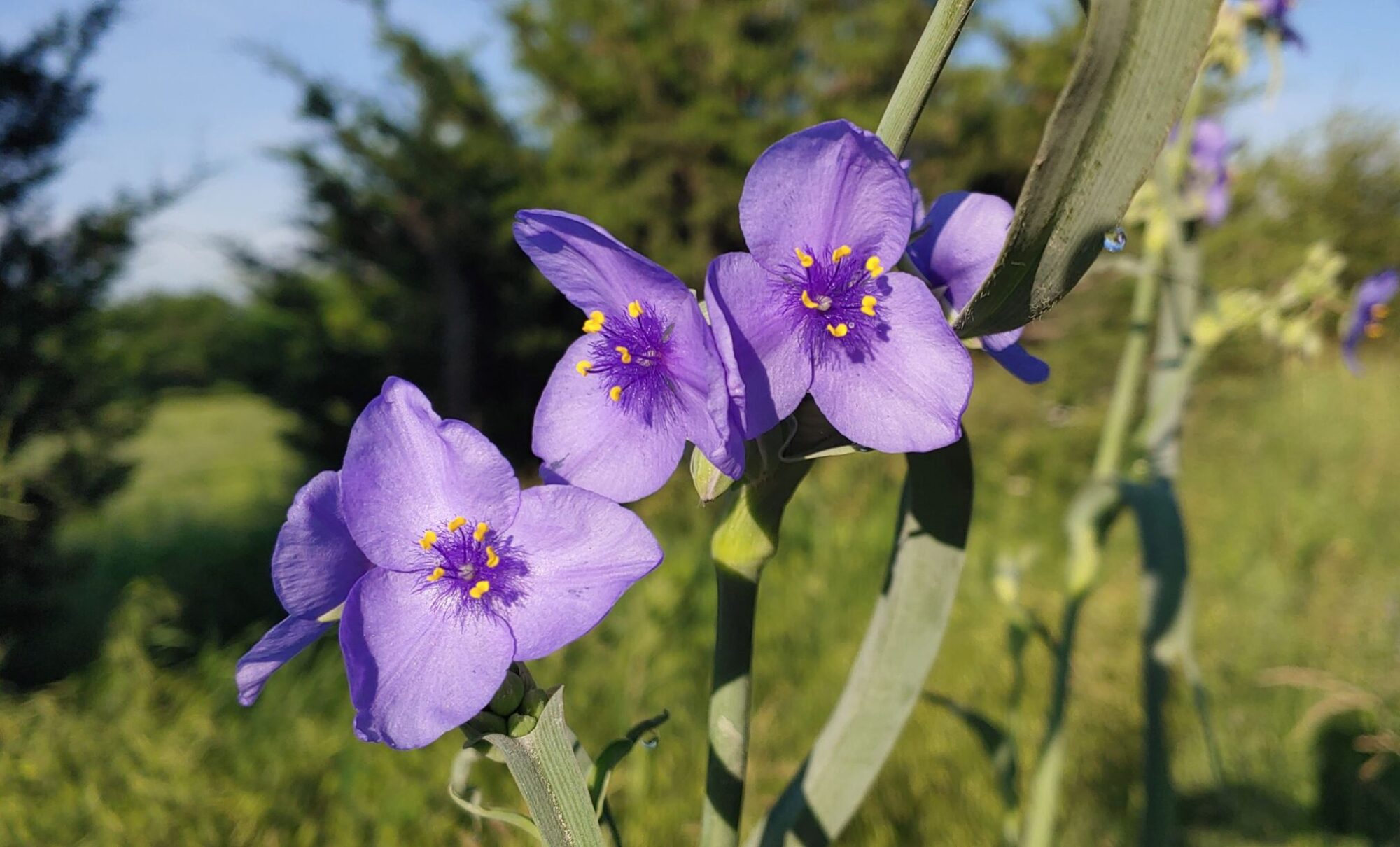Hope you all enjoyed your Memorial Day Holiday Weekend.
Today, I had planned on writing about making your own bug spray this week, but after working in the garden this weekend, I thought I would write about sunburn gel instead.
Bet you can guess why.

I’m not one of those people who tan all nice and pretty brown. I can eventually get there after lots of time in the sun with oils and water to cool you off. But that was in my younger days, not so much now.
We were finally able to get into our garden this weekend and finish planting. I know it’s late, but we had about 30 inches of rain during the month of May. That’s an entire years’ worth of rain in a month. It was crazy and a muddy mess.

It’s also been fairly cool so far this spring. Usually by this time we are getting temps in the mid to upper 90’s and it’s miserable. And while it was pretty warm this weekend, it wasn’t near what I would consider “hot and miserable”. It was simply a beautiful sunny weekend.
We had a nice breeze blowing through the garden and I was determined to get some stuff done. And it was great to just be able to get outside without drowning.
By the time we got done my husband told me I looked like a lobster. I was pretty red, but it really didn’t hurt. We did finally turn the AC on this weekend.
The Recipe for Sunburn Gel
A few years ago I made this mixture just cause I thought the ingredients would work well on a sunburn. It actually surprised me how well it worked. It’s perfectly natural and very easy to make and it will cool your skin like no other.

It’s made 50/50 coconut oil and aloe vera gel. Super simple. I just shake it before each use.
Coconut Oil
I know they say not to put oils on a burn as it may cause the burn to continue to worsen. I also know this can be true from first hand experience.
But I’ve been using it mixed with aloe vera gel for a few years now and have had nothing but relief.
I’ve even used this mix on a burn my husband got from work on his arm and it relieved that pain too.
So you may want to mix just a little and test it on yourself before you use it on anyone else. Everyone I’ve ever suggested it to has loved it, but everybody is different too. So test it out first in a small spot before rubbing it all over you or someone else’s back.
Aloe Vera Gel
Everyboby knows aloe vera is good for burns. You can just cut a leaf from the plant and use it on a burn. But I actually buy aloe vera gel in bulk and use it in several different lotions I make, but I have it around most of the time.

I buy my aloe vera gel at Mountain Rose Herb or at Bulk Apothocary. I’m sure there are plenty of places to buy it, but these are my favorites.
Aloe vera is an anti-inflammatory, it promotes circulation and inhibits the growth of bacteria, all of which are great for burns. BUT, it also just cools a burn, which is what we are all looking for after a sunburn.

Now, we have to use some common sense and not stay out till you blister. When my husband told me I looked like a lobster, I was pretty red, but it didn’t sting to just touch my shoulders. They weren’t comfortable in a shower though, by any means.
But after I used this mixture on my shoulders and arms, I instantly felt relief and by the next day I was in the garden again with no pain. I did remember to use sun screen before I went outside this time so I didn’t repeat the process.
The Sun and Your Skin
I used to lay out in the sun for the perfect tan when I was younger. I always did and I still do think that tanned skin looks healthier than untanned skin. But I know now there is a difference in how much tan is healthy and that too much is really too much.
Today, I’ve discovered all that hours and hours in the sun was probably not the best way to go. While exposure to the sun can help the skin manufacture vitamin D, too much exposure to the ultraviolet rays from the sun can be too harsh.

Excessive exposure to the sun can reduce elasticity and cause premature skin aging. It can also damage or even kill skin cells. I don’t think that’s the best way to go for my older skin. Worst of all it’s the chief cause of skin cancer too. No thanks.
So now I still enjoy the sun, but I try to remember to use sun screen and limit my time out in the hot afternoon. I still like the look of tanned skin and still feel it looks healthier than untanned skin, but I’ve also altered my opinion of how much tan that needs to be.
Do you have a remedy for sunburn, (other than not going out in it, of course)? Share it in the comments. I’m excited to see what you’ve come up with.
Thanks for coming by and Until Next Time –
Health, Wealth & Blessing ~ Tracey































